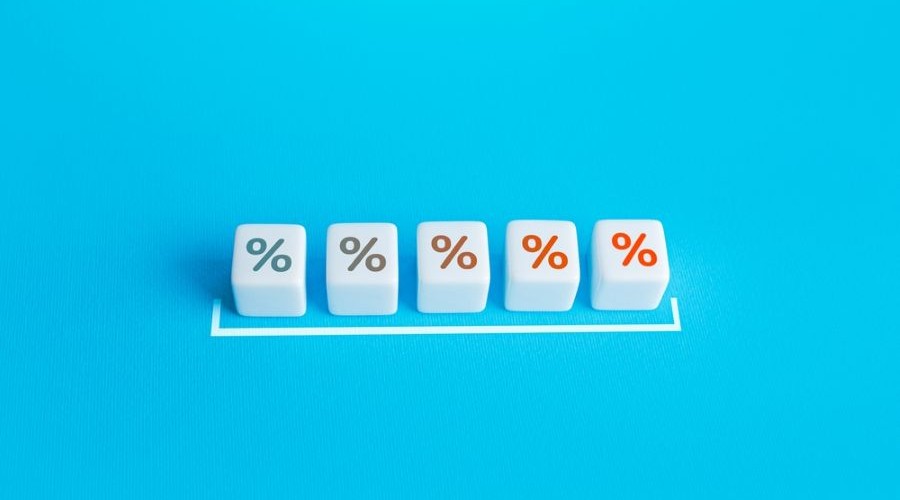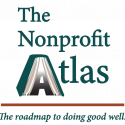Optimizing Fundraising Under New Federal Tax Law

The recently enacted H.R. 1, officially titled the “One Big Beautiful Bill Act” (OBBBA), represents one of the most significant overhauls to charitable giving in recent history. Beginning in 2026, key tax changes will influence how individuals and corporations structure their philanthropy—creating both challenges and opportunities for nonprofits.
Now is the time for nonprofit leaders to proactively align fundraising strategies, donor communications, and systems to thrive under these new rules.
A Universal Deduction That Changes the Game
Perhaps the most consequential update affects the 90% of taxpayers who currently take the standard deduction. Starting in 2026, these individuals will be able to deduct up to $1,000 ($2,000 for couples) in cash charitable contributions—even without itemizing.
For the first time in years, the majority of Americans will once again receive a direct tax incentive for giving, which could expand the base of donors motivated by tax benefits.
Leadership Takeaway:
Ensure your fundraising materials, website, and donor forms clearly explain this new deduction. Develop tailored campaigns for small and mid-level donors who previously received no tax benefit from their contributions.
Strategic Segmentation: The Key to Adapting
Under OBBBA, one-size-fits-all appeals will no longer be effective. Success will depend on smart segmentation—understanding how the new tax rules affect different donor groups and adapting outreach accordingly.
1. Universal Deduction Donors
Non-itemizers and small donors will now qualify for limited deductions.
Action: Use CRM data to identify this audience and craft messaging such as “Your gift is now tax-deductible, even if you don’t itemize.” Automate acknowledgment letters with updated tax language.
2. High-Income Itemizers
Major donors will see slightly reduced tax savings and a new “floor” on deductions.
Action: Engage these donors in personalized discussions about multi-year commitments, timing strategies, or bundled gifts to maintain maximum impact.
3. Donor-Advised Fund (DAF) Holders
While initial DAF contributions remain deductible, grants made from a DAF will not qualify for the new universal deduction.
Action: Emphasize the immediate mission impact of DAF gifts and offer tools such as pre-filled grant request forms or DAF-focused webinars.
4. Legacy Giving Prospects
The estate tax exemption doubles permanently to $15 million per person ($30 million per couple).
Action: Continue promoting planned giving vehicles—such as charitable trusts and retirement asset donations—as efficient, high-impact ways to support your mission long-term.
5. Corporate Partners
Businesses will only receive deductions for charitable giving that exceeds 1% of taxable income.
Action: Focus cultivation efforts on companies already meeting that threshold and structure multi-year commitments to help others reach it.
6. Year-End “Bunchers”
Some donors may consolidate multiple years of giving into a single tax year to maximize deductions.
Action: Monitor giving cycles and offer strategic timing recommendations or custom impact reports to encourage consistency.
7. Education-Focused Donors
In 2027, participating states will allow up to a $1,700 credit for K–12 scholarship donations.
Action: Education-related nonprofits should partner early with scholarship funds, while others should prepare for potential donor redirection.
Implementation: Leadership in Action
To prepare for these shifts, nonprofit executives should take a coordinated, organization-wide approach.
Executive Directors:
Track emerging giving trends through dashboards and regular reporting.
Update the board on OBBBA implications and align development priorities accordingly.
Allocate resources for data analysis and donor segmentation initiatives.
Development Directors:
Build custom donor filters in your CRM to segment by tax impact category.
Create tailored talking points for major gift officers and fundraising teams.
Develop materials that blend mission impact with tax-savvy messaging.
Staff & Volunteers:
Update donation forms and online platforms with clear explanations of the universal deduction.
Incorporate “New in 2026: Above-the-Line Deduction” messaging in appeals.
Recognize universal deduction donors through enhanced stewardship and engagement.
Data, Systems, and Strategy: Your New Fundraising Infrastructure
To navigate this new landscape, your CRM system becomes a strategic asset. Use it to:
Automate personalized communication by donor segment,
Track response rates to tax-focused vs. mission-focused messaging, and
Monitor overall fundraising performance under the new laws.
Testing different messaging strategies will reveal which narratives resonate best—those centered on tax advantages, or those grounded purely in mission impact.
Preparing for 2026 and Beyond
With the 2026 implementation deadline approaching, nonprofits have a valuable window to prepare. Use the next year to:
Analyze donor data and giving trends,
Update systems and messaging frameworks,
Train staff on the new tax language and donor conversation approaches.
While OBBBA introduces complexity, it also broadens participation in charitable giving and encourages more personalized stewardship.
By blending mission-driven storytelling with data-informed strategy, nonprofit leaders can transform these policy changes into a catalyst for growth and greater community impact.
Source: The Nonprofit Times
The Nonprofit Atlas connects the dots for any “do-gooders” to do the most good. We provide the roadmap to doing good well. We simplify the work of securing resources, relationships, and best practices that fuel a mission and realize a vision. See us in action with a FREE 30-minute consultation.
